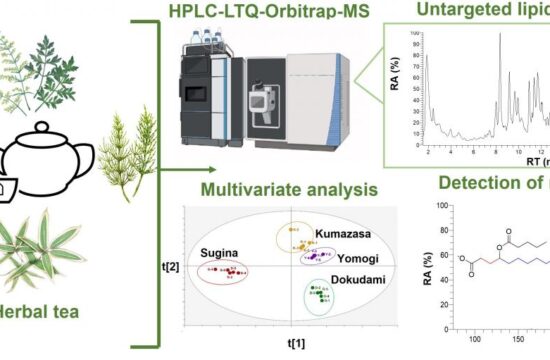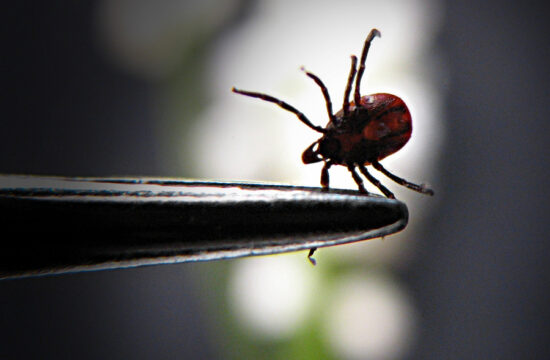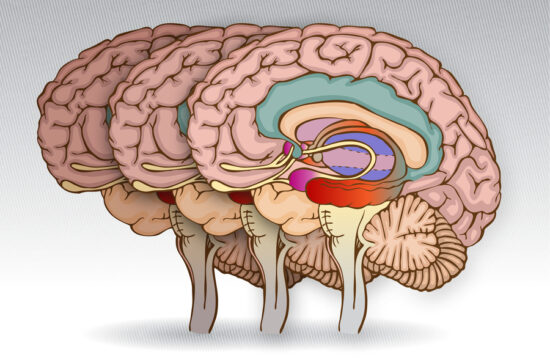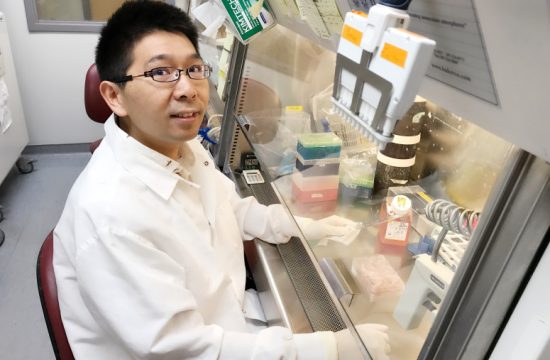
Scientists at the Columbia University Irving Medical Center (CUIMC) report that they have found new evidence of how certain transport proteins are working at the molecular level, paving the way for new, improved drugs to treat psychiatric disorders. Their study (“The LeuT-fold neurotransmitter:sodium symporter MhsT has two substrate sites”) is published in PNAS.
“Crystal structures of the neurotransmitter:sodium symporter MhsT revealed occluded inward-facing states with one substrate (Trp) bound in the primary substrate (S1) site and a collapsed extracellular vestibule, which in LeuT contains the second substrate (S2) site. In n-dodecyl-β-D-maltoside, the detergent used to prepare MhsT for crystallization, the substrate-to-protein binding stoichiometry was determined by using scintillation proximity to be 1 Trp:MhsT,” write the investigators.
“Here, using the same experimental approach, as well as equilibrium dialysis, we report that in n-decyl-β-D-maltoside, or after reconstitution in lipid, MhsT, like LeuT, can simultaneously bind two Trp substrate molecules. Trp binding to the S2 site sterically blocks access to a substituted Cys at position 33 in the S2 site, as well as access to the deeper S1 site. Mutation of either the S1 or S2 site disrupts transport, consistent with previous studies in LeuT showing that substrate binding to the S2 site is an essential component of the transport mechanism.”
Neurotransmitter:sodium symporters (NSS) regulate signals between nerve cells, and are the molecular target of antidepressants (SSRIs like Prozac) and of various psychostimulants. The understanding of their structure and function, therefore, is key to the development of appropriate therapeutics to treat disorders such as depression, anxiety, and obsessive-compulsive disorder (OCD).
The team had previously studied a bacterial version of NSS (LeuT). This work revealed the existence of an unexpected second substrate binding site that was shown to also bind drugs. The new study examined another bacterial NSS homolog (MhsT) that is more functionally similar to its human counterparts. Their finding of a second substrate binding site in this NSS, too, suggests that the same configuration is likely found in human NSS as well, and dispels much of the previous skepticism, explains Jonathan Javitch, M.D., Ph.D., Lieber Professor of experimental therapeutics in psychiatry and professor of pharmacology at Columbia University Vagelos College of Physicians and Surgeons.
Columbia University Irving Medical Center (CUIMC)







